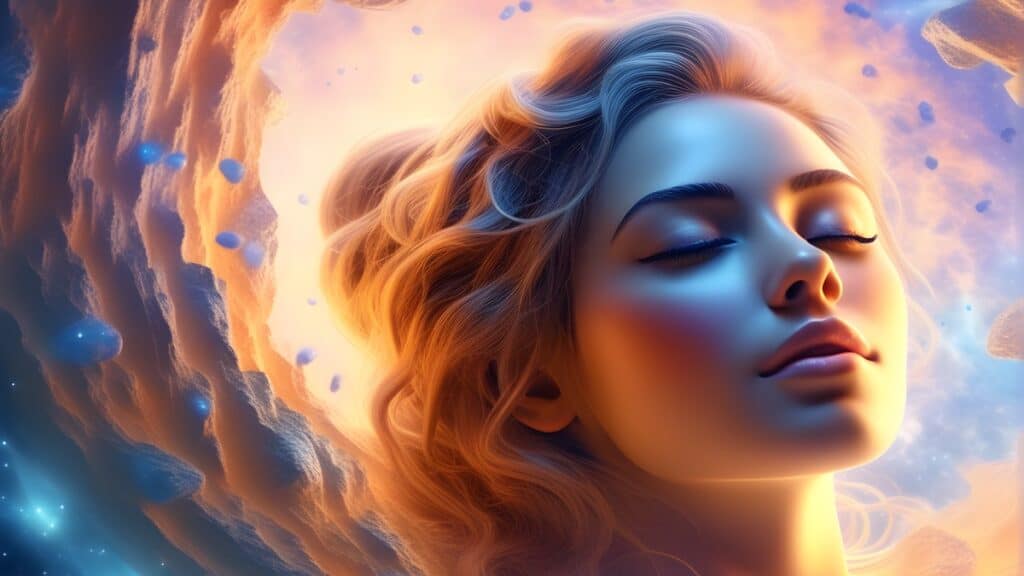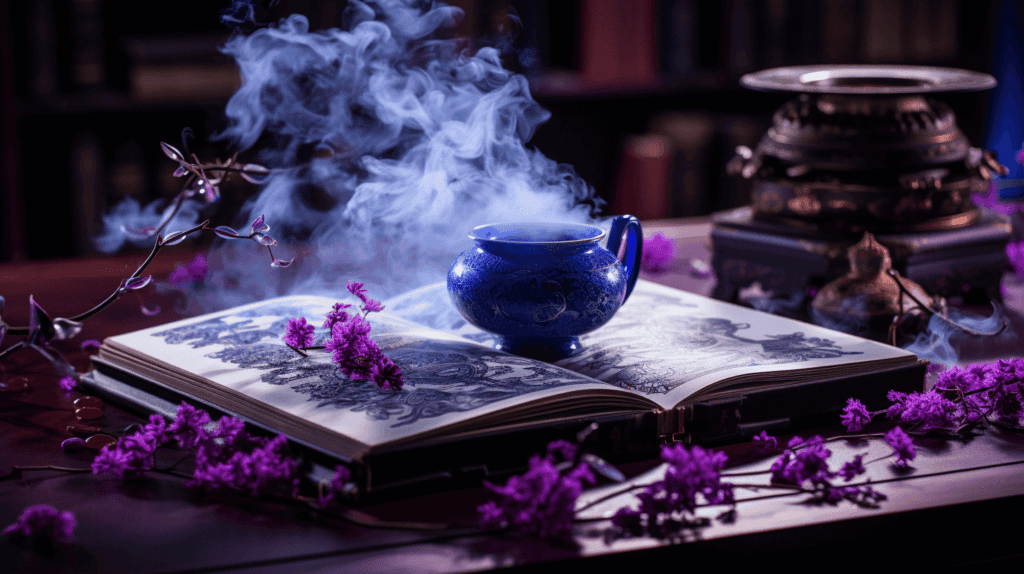Discover the mystical world of Viking Runes in our comprehensive guide. Explore the rich symbolism, cultural significance, and historical evolution of these ancient Norse symbols, and understand their impact on mythology, divination, and modern culture.
Key Takeaways
- Each Viking rune, from Uruz to Fehu, carries a unique symbolism and meaning, deeply rooted in Norse mythology and culture
- Viking runes were more than an alphabet; they represented a direct line to the gods, offering divine wisdom and power, and were integral to Norse mythology, divination, and daily life
- The transition from Elder to Younger Futhark reflects the evolution of language and culture, while modern usage of runes faces challenges due to misappropriation by far-right groups.
The Enigmatic World of Viking Runes
The Viking Runes, deeply entrenched in Norse mythology and culture, offer a fascinating glimpse into the beliefs, practices, and daily life of the Vikings. They were not just a writing system but were imbued with symbolic meanings and magical powers, reflecting the profound connection the Vikings had with their environment and mythology.
The Elder Futhark and Younger Futhark Runes
Two primary rune systems existed: the Elder Futhark and the Younger Futhark. The Elder Futhark, comprising 24 runes, was in use until around 800 AD, while the Younger Futhark, which evolved into a more complex system with only 16 runes, was used from 800-1100 AD. This evolution was not due to a simplification of language but rather its increasing complexity, requiring runes in the Younger Futhark to perform multiple phonetic roles.
Viking Runes and Their Meanings
Each rune symbolized various aspects of life, nature, and spirituality.
- Uruz (ᚢ): Symbolizes a new beginning, change, and the transition from childhood to adulthood. It speaks of future changes in life.
- Nauthiz (ᚾ): Represents necessity or need. It signifies restrictions but also the power to overcome them .
- Ingwaz (ᛝ): Associated with the Norse god-hero Ing, representing new life, completion, and the potential for growth.
- Ansuz (ᚨ): Linked to the god Loki, it symbolizes communication, sacred knowledge, and warnings of potential problems.
- Wunjo (ᚹ): Represents joy, light, and harmony between self and ego, symbolizing a period of happiness and security.
- Gebo (ᚷ): Symbolizes companionship and unity, often interpreted as a reminder of the importance of reciprocity in relationships .
- Fehu (ᚠ): Represents wealth, prosperity, and material abundance. It is a rune of fulfillment and balance .
- Hagalaz (ᚺ): A controversial rune, often associated with wrath, anger, or challenges to be overcome .
- Isa (ᛁ): Symbolizes a period of stagnation or a standstill, like being frozen in ice, indicating a need for a new approach .
- Jera (ᛃ): Represents harvest and the fruition of efforts, symbolizing a time of reaping rewards and success .
- Eihwaz (ᛇ): Linked to the Yew tree and Yggdrasil, it represents transformation and the cycle of death and rebirth .
- Sowilo (ᛋ): The sun rune, symbolizing success, vitality, and enlightenment. It represents overcoming dark periods in life .
- Tiwaz (ᛏ): Associated with Tyr, the god of justice and honor, symbolizing leadership, justice, and moral courage .
The Cultural Significance and Mystical Aspects
Viking runes were more than just an alphabet; they were seen as a direct line to the gods, providing divine wisdom and power. This belief stemmed from Norse mythology, where each rune had a unique energy and connection to specific gods or cosmic forces. The runes were used for various purposes, including communication, divination, and as amulets for protection or success .
Transition from Elder to Younger Futhark
The runic system evolved over time, transitioning from the Elder Futhark, consisting of 24 runes, to the Younger Futhark, which had only 16 runes. This change reflected the evolution of language and cultural practices during the Viking Age .
Modern Usage and Misappropriation
Today, runes are sometimes misappropriated by far-right groups, leading to a negative connotation of these ancient symbols. However, there are efforts by enthusiasts and historians to reclaim the runes and preserve their historical and cultural significance. Runes have also influenced modern literature and pop culture, especially in J.R.R. Tolkien’s works.
Viking runes offer a rich tapestry of history, culture, and mythology. They are not just ancient symbols but a testament to the deep-rooted beliefs and practices of the Viking era. Understanding runes goes beyond deciphering symbols; it’s about connecting with a past that continues to influence the present








